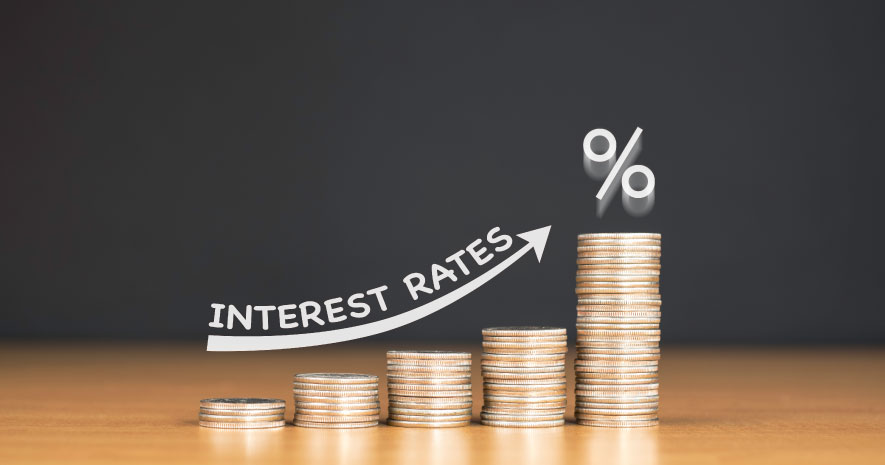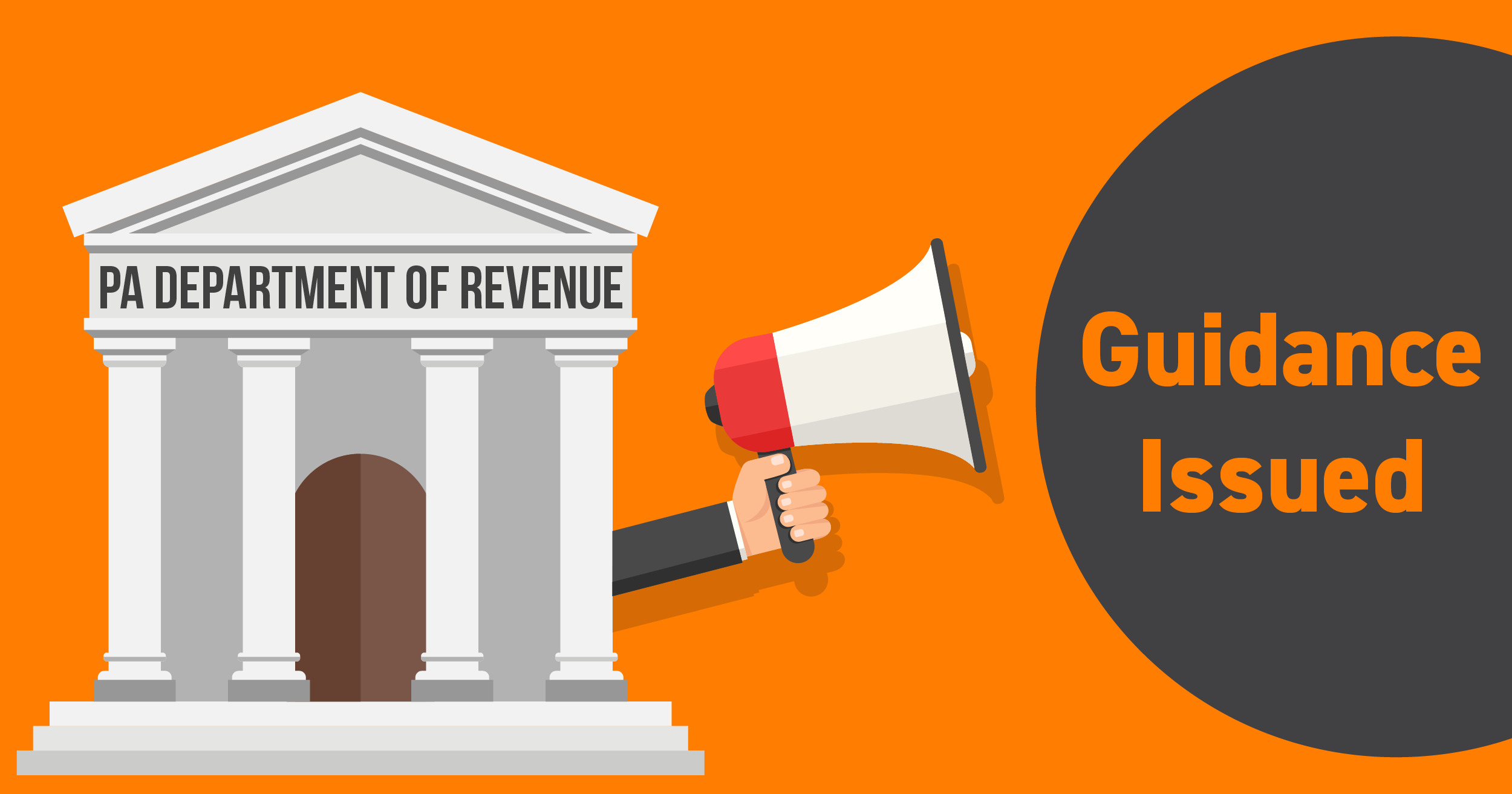Written by Michael Carr, CPA
We are in a period of rising interest rates. From March 2021 until April 2022, the federal government kept its interest rate low, floating close to 0%. However, since April 2022, the federal government has steadily increased its interest rate to 3%, with an anticipated increase to 4.25 – 4.5% by the end of 2022. Due to this increase, taxpayers need to be aware of the penalties and interest assessments associated with not making their quarterly estimate payments or not paying their taxes on time on April 15th.
How are Tax Payments and Interest Rates Linked
Per IRS regulations, taxpayers are required to pay monthly interest on any underpayment of tax to the IRS at a rate equal to the federal interest rate of +3%. The federal interest rate is based on the rate announced by the government for the most recent quarter. This means that as of October 2022, the interest rate on underpayment of taxes is 6% (3% federal rate + 3%).
In addition, the IRS assesses interest on any unpaid penalty at the same interest rate.
What Penalties Can Taxpayers Incur for Taxes Due
There are two penalties that taxpayers frequently can incur – underpayment of estimated taxes and late payment of taxes.
Underpayment of Estimated Taxes
Per IRS regulations, taxpayers are required to pay estimated taxes for a year if one of the following occurs:
- Their tax return shows a balance due of more than $999.
- The taxpayer paid at least 90% of the tax shown on the tax return.
- The taxpayer paid at least 100% of the tax shown on the tax return for the prior year.
The last rule is modified for high-income taxpayers (prior year AGI >$150,000). Instead of having paid 100% of the tax shown on the tax return for the prior year, high-income taxpayers must pay 110% of the tax shown on the tax return for the prior year.
The penalty for underpayment of estimated taxes is calculated based on the amount you should have paid in estimates for a quarter less the amount you did pay in estimates for the same quarter times the federal interest rate + 3%. The IRS does not assess additional interest for not paying this penalty.
Late Payment of Taxes
Per IRS regulations, taxpayers are required to pay their taxes on the federal tax due date. This date is typically April 15th (although that can vary depending on whether April 15th falls on a holiday or weekend). While the IRS does allow for an extension of time to file the tax return, they do not allow for an extension of time to pay. Therefore, late payment of taxes are calculated at .5% of the unpaid taxes for each month or part of a month the tax is not paid. This percentage will increase to 1% of the unpaid taxes for each month or part of a month the tax is unpaid 10 days after the IRS notifies the taxpayer of the tax balance is due. This penalty is capped at 25% of the unpaid taxes. The IRS will then assess interest on the unpaid penalty at the federal interest rate + 3% on a monthly basis.
Other Points of Interest
Be aware that these penalties are also assessed at the state level. It is beyond the scope of this article to discuss all of these. Still, it is essential to note the rising federal interest rates will also impact the state tax penalty burden for underpayment of estimates and late payment of taxes. Most states have adopted the same rules on estimated taxes and timing of payment of taxes as the IRS.







